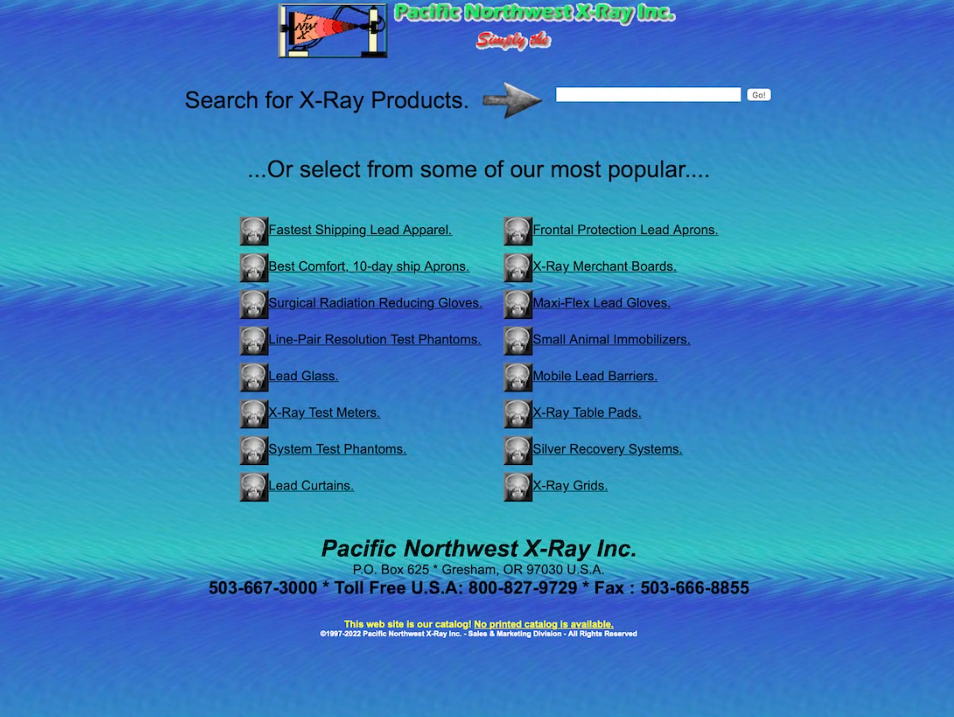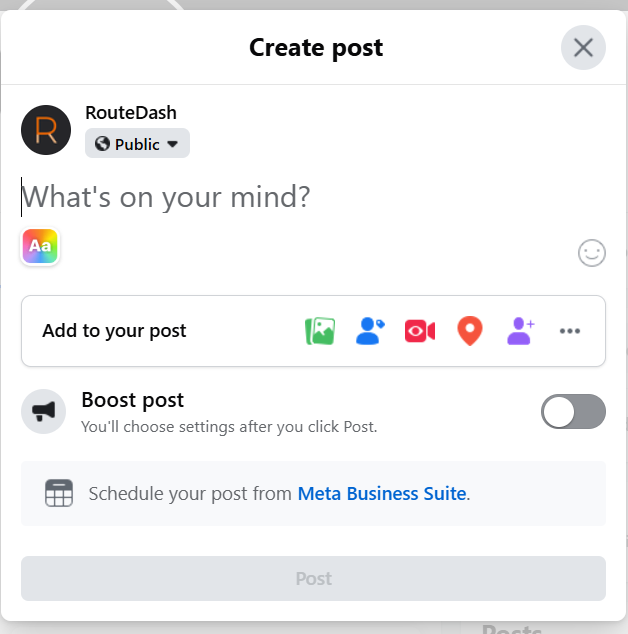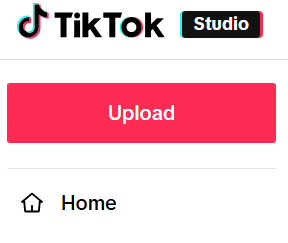How To Write a Blog
A Comprehensive Guide for Small Businesses

What comes to mind when you think of a blog? For some, it could be a professional news blog, or one that covers specific sporting events. It could even call back to a time when some of us bared our hearts on diary-style sites like LiveJournal. Believe it or not, blogging has changed quite a lot. Now, it’s an integral part of many businesses marketing strategies. According to HubSpot, “Companies that blog get 55% more website visitors than businesses that don't.” That amount of web traffic alone shows the importance of blogging for small businesses.
Getting Started: The Basics of Blogging
So, how do you get started? Do you write about just anything? Aren’t there too many blogs out there already? These questions and more will be covered as we go over how to write a blog for small business owners!
Blogs, as we know them, first hit the market back in 1994, but the term “blog” wasn’t coined until 1999. In their early stages, blogs were mostly for personal use, but they quickly evolved into political blogs, alternative news sources, and eventually, mainstream news sources. Now, most major news sources and corporations have a blog. In fact, many businesses use them to share news, industry trends, and how-to articles with their customers.
For small businesses, a blog is a great way to connect with and build relationships with your customers. It shows them not only that you’re an expert in your industry, but also that you want to share, educate, and take them on this journey with you.
If you have a website, great! Most website platforms offer the ability to add a blog to your site relatively easily. If you don’t have a website- what are you waiting for? Check out our earlier post on why websites are important for your small business.
Identifying Your Target Audience
Before you start churning out articles, it’s crucial to identify your target audience. You might already have an idea who your target audience is based on research you’ve done for building a brand, setting up your social media presence, or various other small business marketing needs. If you don’t, that’s okay too! Your target audience is a group of people you want to reach based on who is most likely going to buy your product or service. They’re typically defined by age, gender, income, lifestyle, hobbies, relationship status, occupation, and many other categories.
Let’s say you own a yarn shop. It’s important to figure out who is interested in buying yarn. The goal is to help you tailor your blog content to their specific needs. Which yarn is better for which project? Are certain yarns washable? You’ll be addressing their questions, pain points, and other needs. You can find out this information by listening to them, either directly or through surveys, reviews, or online forums.
Brainstorming Blog Topics
And that is also an excellent place to start brainstorming blog topic ideas. (insert link 2) It can be difficult, especially at first, to figure out how to choose relevant blog topics for your small business. Here are some great places to start:
-Research Industry Trends- How do you stay on top of what’s going on in the yarn world? Use tools like Google Trends, AllTop, social media, and industry news sites to search for topics related to your business.
-Ask Your Audience- Who knows best about what people want to read about yarn? The people who will read it! If you’re able to talk directly to them, ask them what they’re interested in or what problems or questions they have. If you don’t directly interact with them you can use tools forums like Reddit, Quora, or FAQs/review pages.
-Use Keyword Research Tools- Doing keyword research for small business blogs is practical for a few different reasons. It gives insight into how people are searching for yarn or issues they’re having with yarn. You can use it to find relevant, niche topics to cover that you might not have considered before. Use tools like Answer the Public, UberSuggest, and HubSpot’s Blog Topic Generator.
Take those ideas, make a list somewhere easy to access where you can keep track of them. I use a Word Doc, but some people use project management platforms, or content management systems, or even a notebook works.
Writing Engaging Blog Content
Now that you’ve brainstormed some blog topics, it’s time to get writing. But how do you write engaging content for your blog? Here are some guidelines:
-Outline Your Topic: Start by outlining the sections you want to cover. For example, if you're writing about the best type of yarn for a specific project, break it down into sections like “types of yarn,” “project suitability,” and “care instructions.”
-Research Your Topic: Fill in any knowledge gaps with research and find credible sources to back up your points. Well-researched content is more trustworthy and informative.
-Craft Compelling Headlines: Your headlines are crucial, especially the first one your readers see. It should grab their attention and entice them to read further. Use action words like “Discover,” “Enhance,” “Improve,” and “Achieve” to give readers a clear idea of what value your post will offer.
-Make it Easy to Read- The majority of readers will skim your post looking for the important stuff. Don’t take it personally, it’s just how most people consume content. Try sticking with shorter paragraphs, bold important information, and break the text up with relevant images and lists.
Keep SEO in Mind While Writing
Search Engine Optimization (SEO) for blogs can seem daunting, but it doesn’t have to be. Keeping SEO in mind while you’re researching and writing your blog post can ease the work significantly. Let’s go back to our post about what yarn to use for your Scottish dream vacation. While you’re writing you’ll want to include some long tail keywords within the article like “best yarn for cold weather” or “what’s the warmest yarn for sweaters.” These keywords help search engines connect your blog post to any relevant search queries.
Use External Links to Build Credibility
Including what are called “external links,” or links that take your readers to another site, in your post is a good practice to get yourself into. Think of it like you’ve gone back to school, and your teacher needs to see your sources to back up everything you wrote your paper on. These external links help to give validity to what you’ve written and allow the reader to trust you. It may be counter intuitive to suggest sending your reader to another site while reading yours, but these links should complement your post; not duplicate it.
Include Internal Links to Boost SEO
Once you’ve built up enough blog posts or other content on your website, you can also include internal links, or links that take your readers to other parts of your site that are relevant to your post. Both internal and external linking strategies are key to SEO optimization of your blog.
Write Subheading to Enhance Readability
Now that you finished writing, it’s time to craft some subheadings. These are smaller, less important headings sprinkled throughout your post that tell both the reader and search engines what information to expect throughout your post. Try to incorporate keywords in these headings when possible.
Optimize Meta Titles and Descriptions
Other important things to do for SEO are creating meta titles and descriptions. A good way to approach this is to decide what long tail keyword is most relevant to your post and use that for titles and descriptions.
Promote Your Blog Post
Now that all that is done, it’s time to shout to the world that you’ve written a blog post. This is a great opportunity to create more content for your marketing strategy! Yay! Some paths to send your beautiful blog post out into the world on:
-Social Media- The social media platforms you’re already using to connect with your customers are a great way to share your work. Don’t simply copy and paste the link and share. Craft posts that are designed to engage well for Facebook, LinkedIn, and others.
-E-mail Marketing- Create a campaign based on only blog updates or incorporate a small blurb into your monthly newsletter. Your blog posts are a great way to beef up your email marketing strategy.
-Networking and Guest Blogging- Share your post with other people you know who are experts in your industry. You can also use it as a stepping stone for guest blogging. Guest blogging involves connecting with other bloggers, pitching a unique, relevant idea to them, and writing a post about it for them to share on your blog. This is a great way to expand your audience reach and potentially get more traffic to your site.
Blogging is an essential part of any content marketing strategy for small businesses. According to Forbes, “Content marketing increases lead generation according to 74% of companies.” Blogs not only to do the technical stuff like help optimize your site’s SEO but also allow you to connect with your clients in a meaningful way, directly addressing their needs and concerns. It’s just another way to help build a trusting relationship that keeps your clients coming back to you.
Need help getting your blog started? Contact us today for a no commitment consultation!



